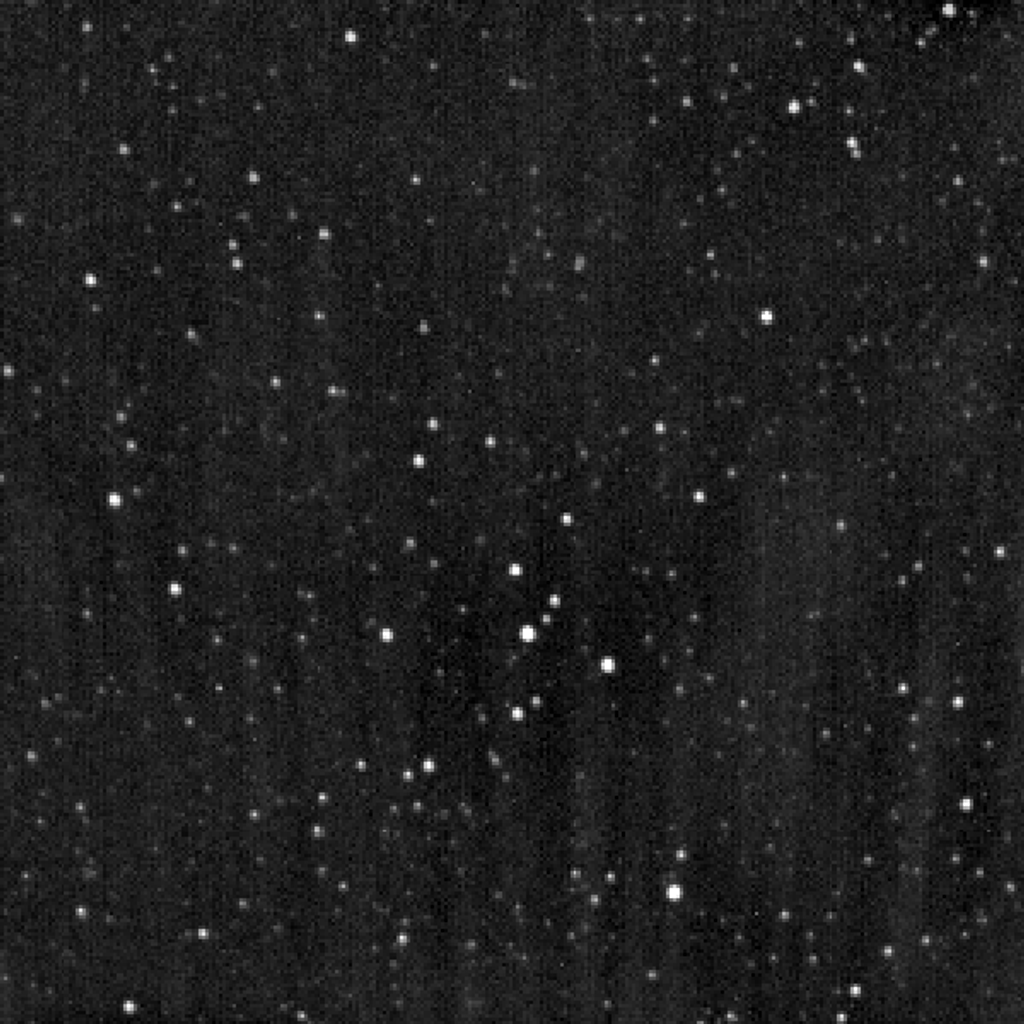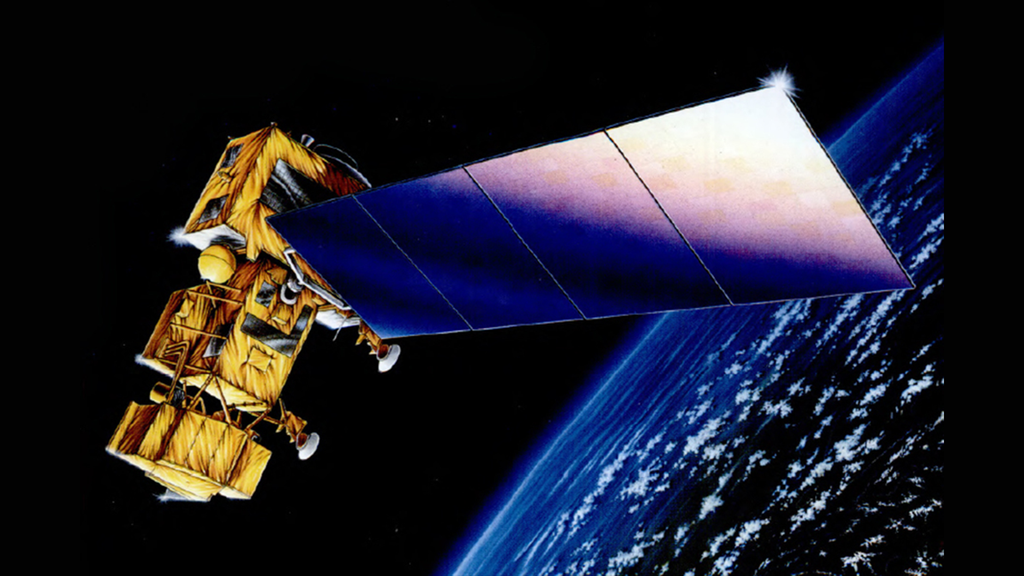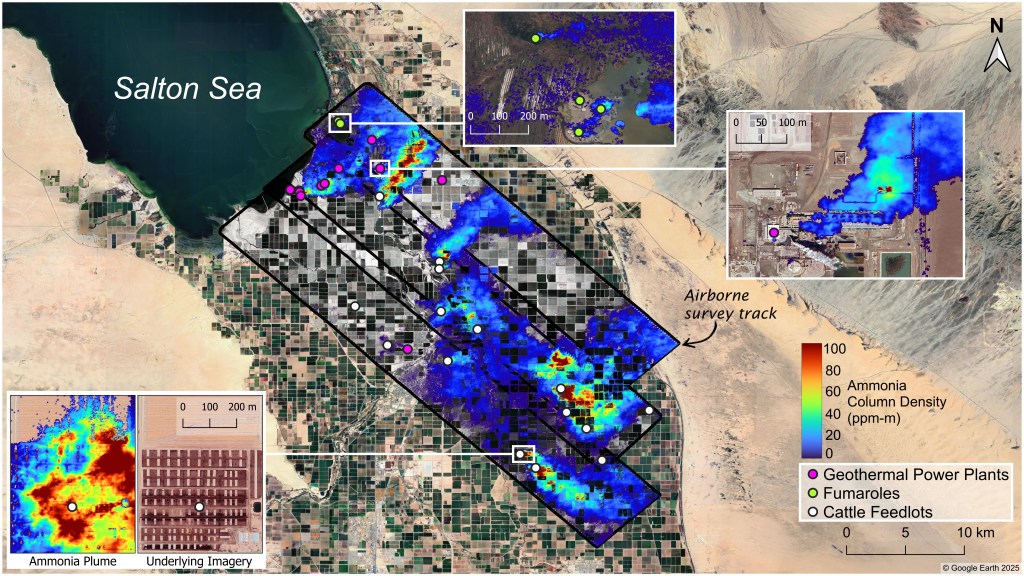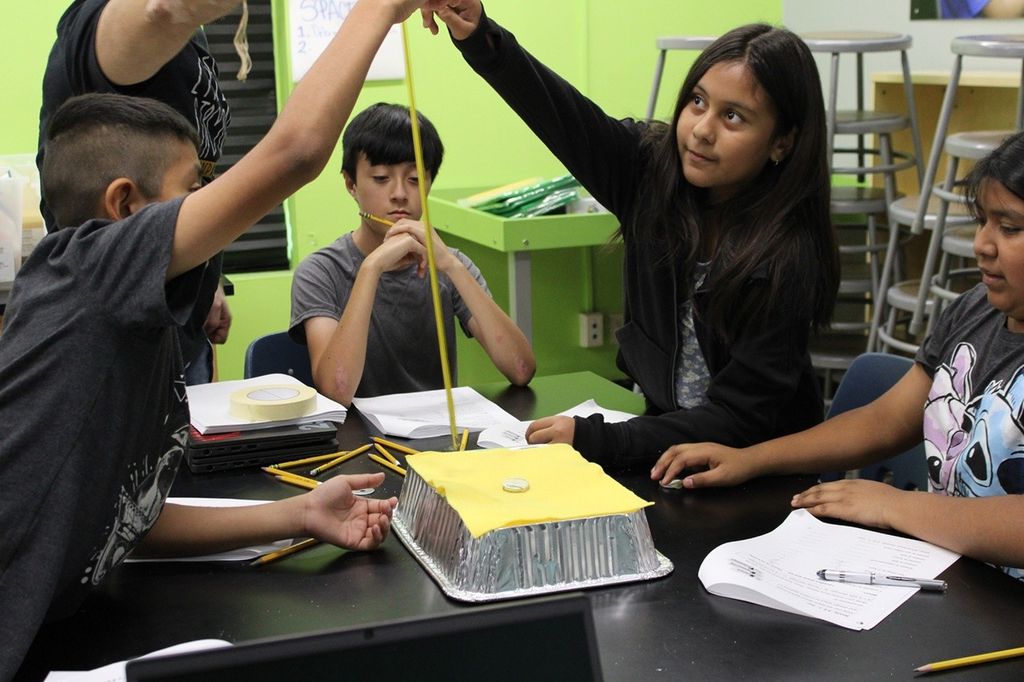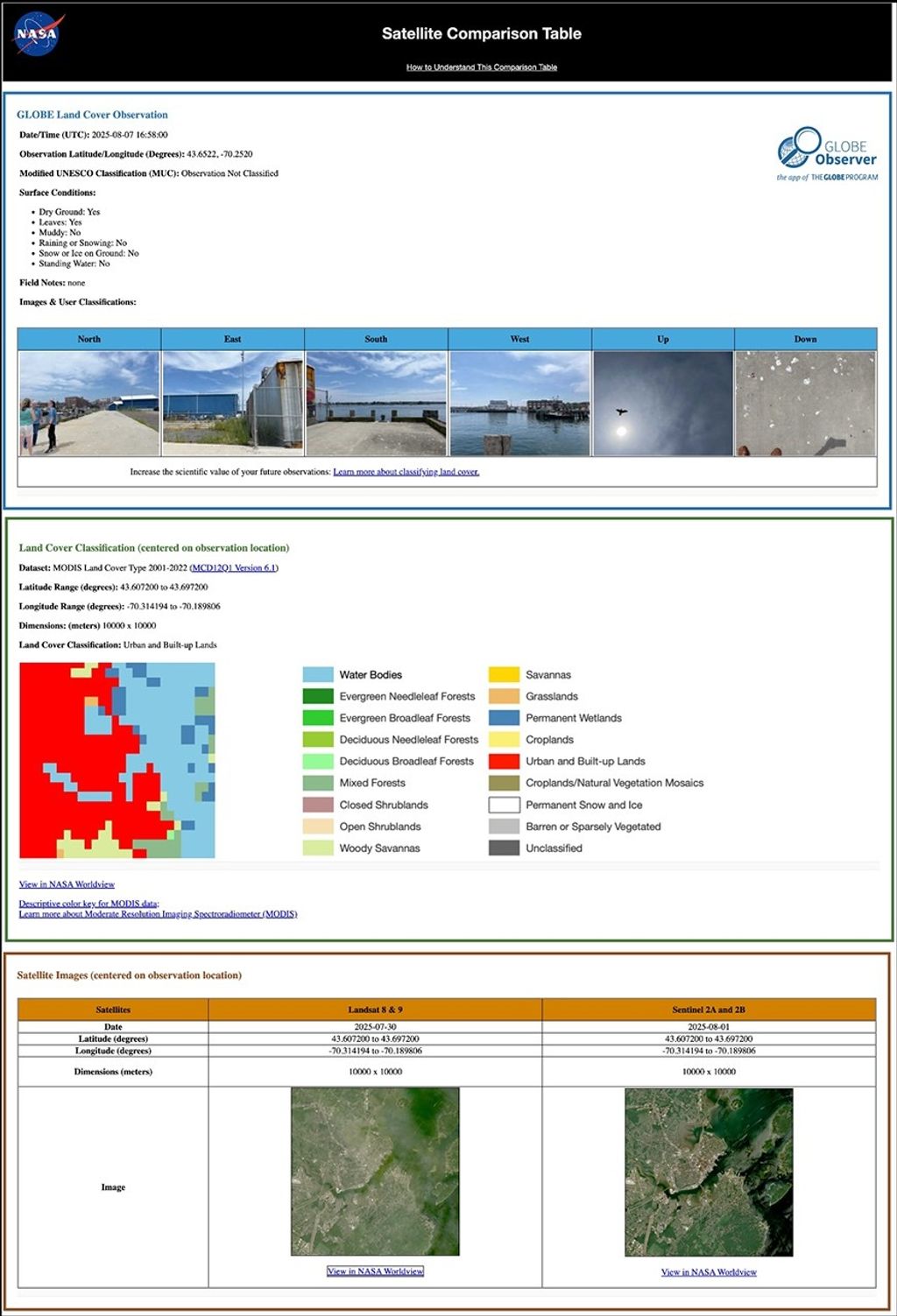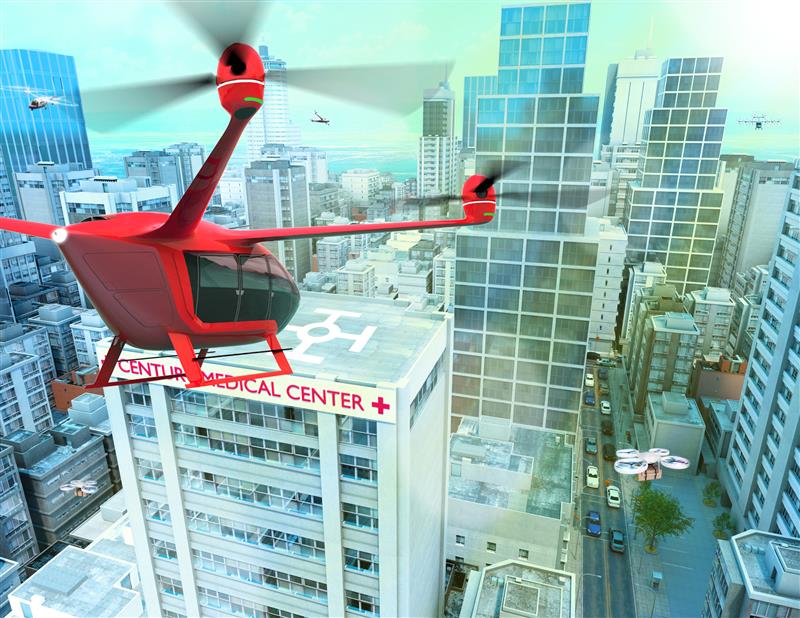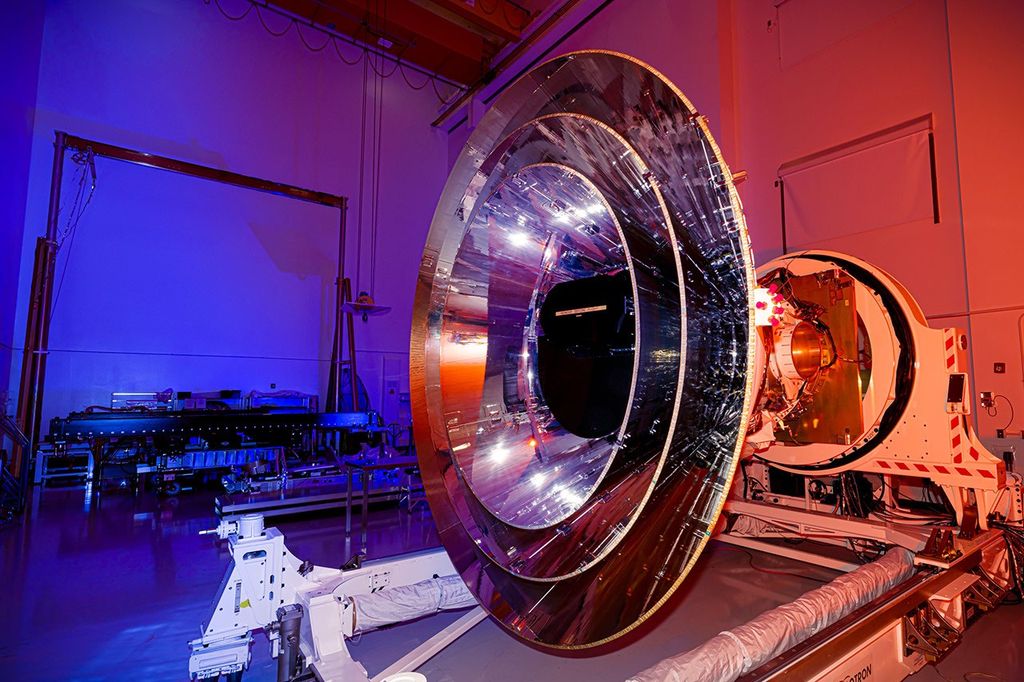Durable Parker Solar Probe Going Strong After First Five Years
On Aug. 12, 2018 – five years ago this week – NASA’s Parker Solar Probe blasted off atop a powerful Delta IV rocket from what is now Cape Canaveral Space Force Station. The predawn launch into the skies over the Florida coast marked the start of a game-changing mission to unlock the secrets of the solar wind – and the culmination of decades of development to craft a robotic explorer able to withstand the heat and radiation near the Sun like no other spacecraft before it.

Designs for a “Solar Probe” started coming together in 1962, just four years after the National Research Council’s Space Studies Board first proposed a mission to explore the environment near the Sun. But the technology to pull off such a bold endeavor, especially the material ingredients for an effective heat shield, just wasn’t available – yet.
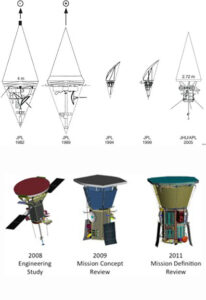
Material advances in the 1970s allowed NASA to begin considering a flyby close enough to directly sample the Sun’s upper atmosphere – the corona – and the solar wind. The initial mission science definition formed in a 1978 workshop at NASA’s Jet Propulsion Laboratory (JPL), but the means to implement the mission would take decades to come together – with JPL and the Johns Hopkins Applied Physics Laboratory (APL) developing concepts for a nuclear-powered Sun skimmer between 1982 and 2005.
In 2007, NASA asked APL to consider a concept for a spacecraft that could cozy up to the Sun, and from that – with the right combination of groundbreaking thermal-protection technologies and clever mission design – evolved the Parker Solar Probe mission that now marks its first half-decade.
“No matter its form, the core of the mission has always been a close encounter with the Sun,” said Jim Kinnison, Parker Solar Probe mission systems engineer at APL. “It took significant technology development, innovative mission design, and a risk-reducing engineering plan – and now, the Parker team is fulfilling an exploration vision laid out at the dawn of the Space Age.”
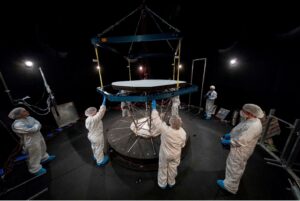
After five years of flying through the hottest and dustiest swaths of the inner solar system, Parker Solar Probe – which in 2021 became the first spacecraft to “touch the Sun” – isn’t just surviving, it’s thriving. The spacecraft has returned more than twice the amount of data that scientists expected, making discoveries critical to understanding the source and properties of the solar wind. The spacecraft recently completed its 16th science orbit, out of 24 planned during the primary mission. And on Aug. 21 Parker will zoom past Venus for a gravity assist, a move that will tighten its orbit around the Sun and allow it to take measurements of the Venusian surface and atmosphere.
Thanks to that gravity assist, on Sept. 27, Parker Solar Probe will be traveling at 394,742 miles per hour when it comes within 4.5 million miles of the Sun’s surface – breaking its own speed and distance records around the Sun. It will ultimately dip to within just 3.8 million miles from the Sun, speeding by at 430,000 miles per hour, in December 2024.
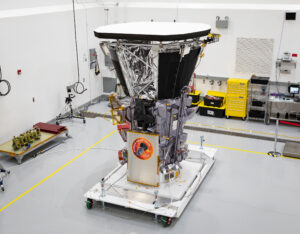
“We are in a golden era of heliophysics exploration,” said Nour Raouafi, Parker Solar Probe project scientist at APL. “In just five years, Parker Solar Probe has changed our understanding of the Sun and the activities that connect it to – and affect – life on Earth. As we speed closer and closer to the solar surface, we will learn more about the properties of the Sun itself, but that data will also significantly improve our knowledge of space weather and our ability to live and work in space.”
Learn more at http://www.nasa.gov/parkersolarprobe and http://parkersolarprobe.jhuapl.edu.
Parker Solar Probe was developed as part of NASA’s Living With a Star program to explore aspects of the Sun-Earth system that directly affect life and society. The Living With a Star program is managed by the agency’s Goddard Space Flight Center in Greenbelt, Maryland, for NASA’s Science Mission Directorate in Washington. APL designed, built, and operates the spacecraft and manages the mission for NASA.
By Michael Buckley
Johns Hopkins Applied Physics Laboratory
_______
Background on Solar Probe design history comes from: J. Kinnison, M. K. Lockwood, N. Fox, R. Conde, and A. Driesman, “Solar Probe Plus: A mission to touch the sun,” 2013 IEEE Aerospace Conference, Big Sky, MT, USA, 2013, pp. 1-11, doi: 10.1109/AERO.2013.6496957.






